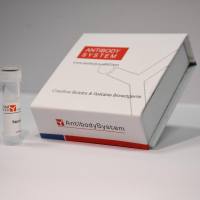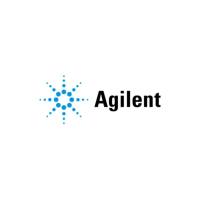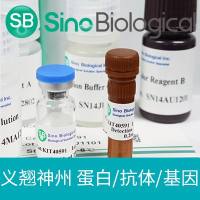Growth of Human Blood Vessels in Severe Combined Immunodeficient Mice: A New In Vivo Model System of Angiogenesis
互联网
528
The development of strategies for the treatment of angiogenesis-dependent diseases has been greatly aided by the development of in vivo models of angiogenesis (1 ). These bioassays provide investigators with tools to visualize vessel architecture and function and to analyze and manipulate various steps in the angiogenic response. Some of the more widely used model systems include the iris and avascular cornea of the rodent eye (2 -4 ), the chick chorioallantoic membrane (5 ), the hamster cheek pouch (6 ), the dorsal skin and air sac (7 ), and several noninvasive imaging techniques to visualize living vascularized tissues (8 ,9 ). In recent years, advances in the development of sterile porous matrices as delivery vehicles for genes, proteins, and cells have greatly enhanced the ability of investigators to analyze key cellular and molecular events that govern the angiogenic response (10 -13 ). In addition, naturally occurring and chemically modified matrices such as Matrigel� have proven invaluable for the study of angiogenesis in vivo (14 ). While all of these methods afford the opportunity to study a number of essential steps in the angiogenic response, investigators are still burdened by the fact that they must draw conclusions about the behavior and function of human microvessels and human angiogenic responses from nonhuman populations of endothelial cells. Moreover, current model systems are greatly limited owing to their inability to capture key cellular and molecular events that occur when human blood vessels are confronted with normal or diseased human tissues and cells.









